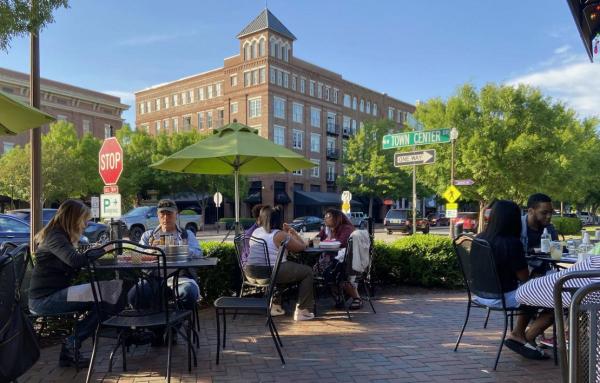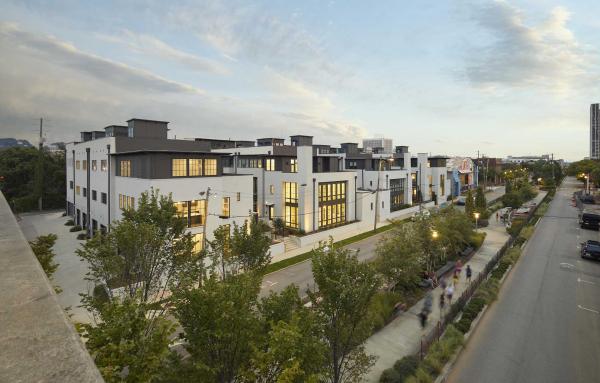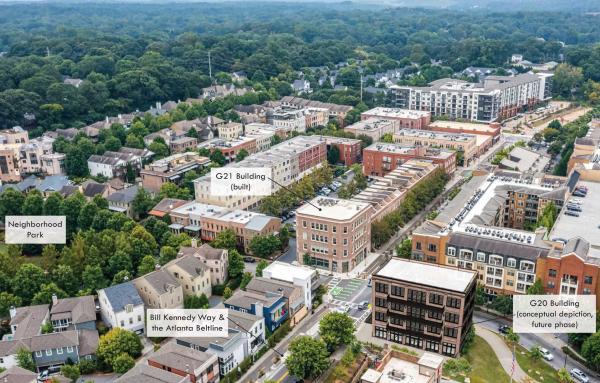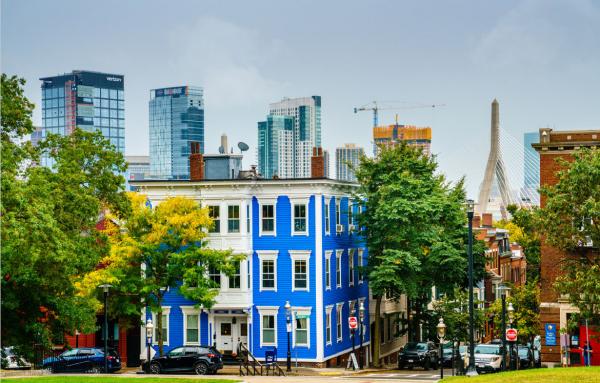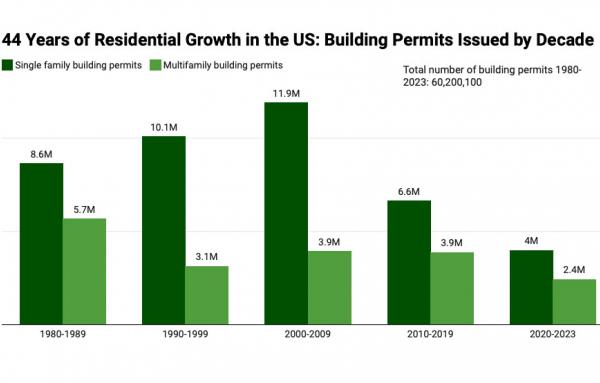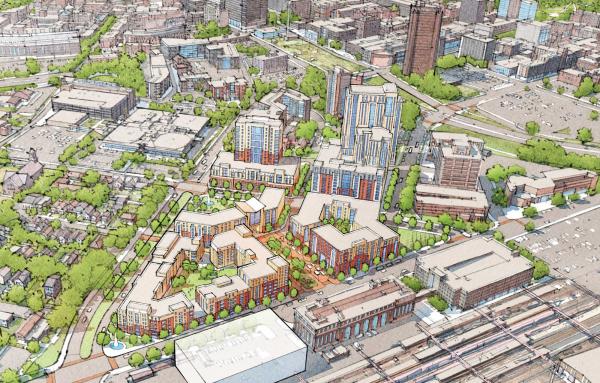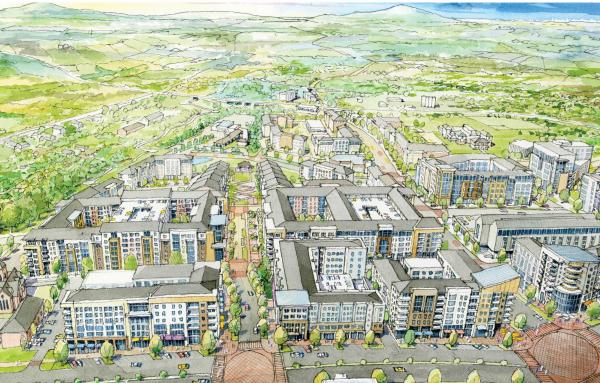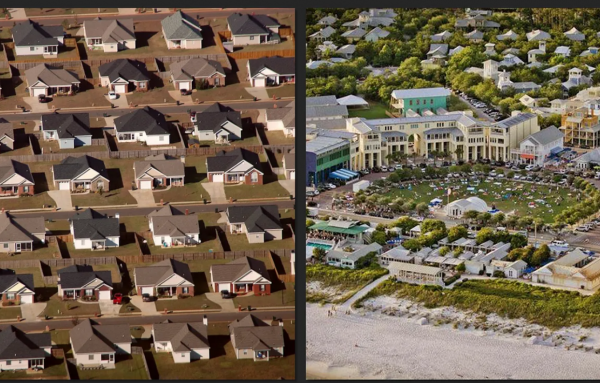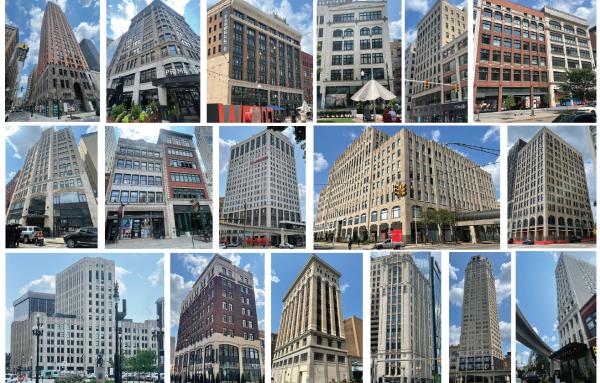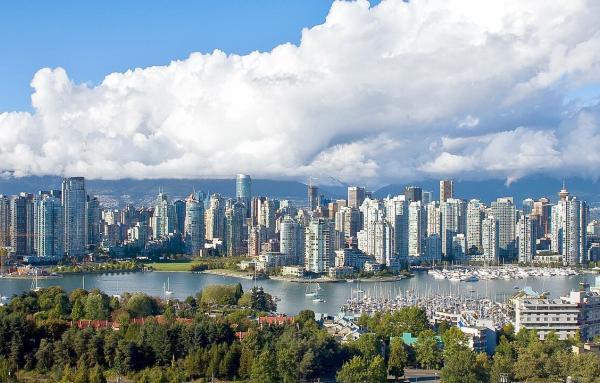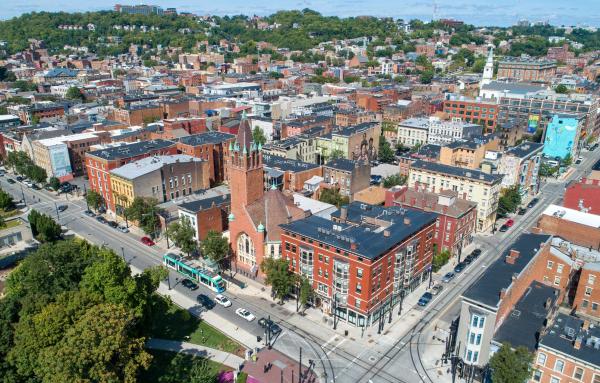Development
The Village of Providence shows how you can create a strong place out of nowhere in two decades.
Townhouses facing courtyards that are perpendicular to the street improve the quality of life for this building type.
Christopher Leinberger and Rebecca Rockey explain the historic opportunity to rebalance the real estate in urban centers.
Two handsome four-story buildings are on the final lots to be built in Glenwood Park, a Charter Award-winning neighborhood in Atlanta.
Walkable places are critical to cities and the national economy and here’s a formula to get them back on track.
This graph shows why housing is getting so expensive. Annual housing production in the US plummeted in the 2010s, with annual single-family construction just over half of what it was in the 2000s, according to a report Top Cities for Real Estate...
An eight-acre site in New Haven, Connecticut, offers the chance to repair damage by 20th Century urban planning.
Founded on a solid design framework, the North Downtown Athens plan extends the city's heart with mixed-use, walkable, affordable development.
Why New Urbanism hasn’t caught on more as a reliable model of development and two potential solutions to this problem.
As a result of long-term trends and COVID impacts, many cities are experiencing the conversion of office structures to alternative uses. Concerns about vacancies are valid, yet cities stand to benefit in many ways.
A look back to look forward in Cincinnati's best-known urban neighborhood.
